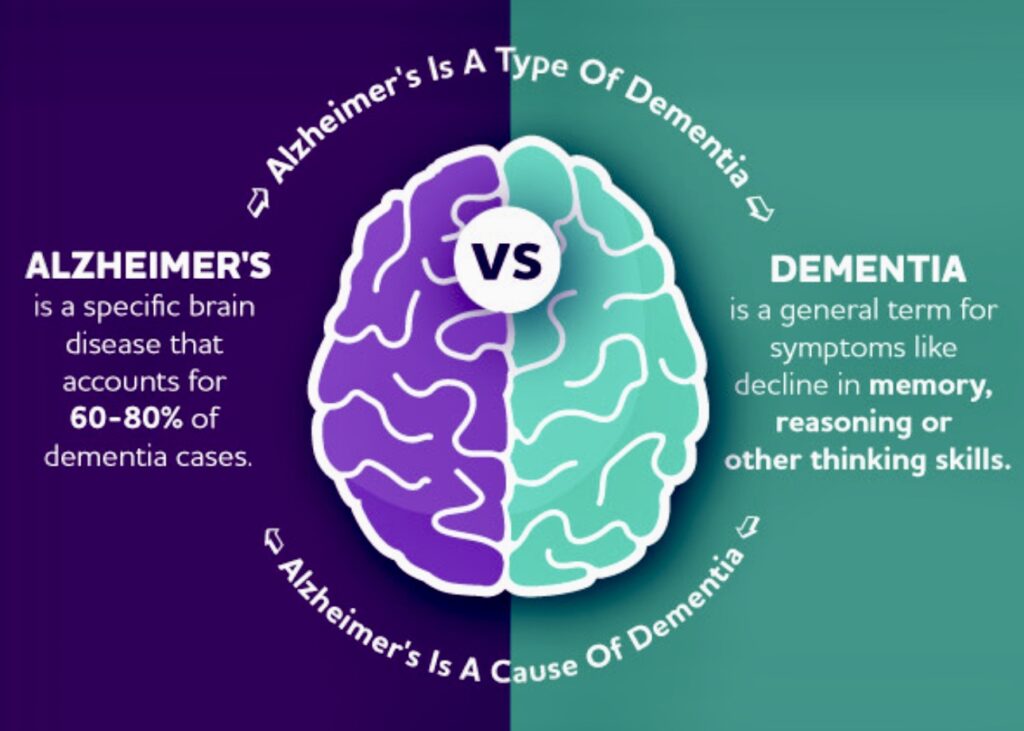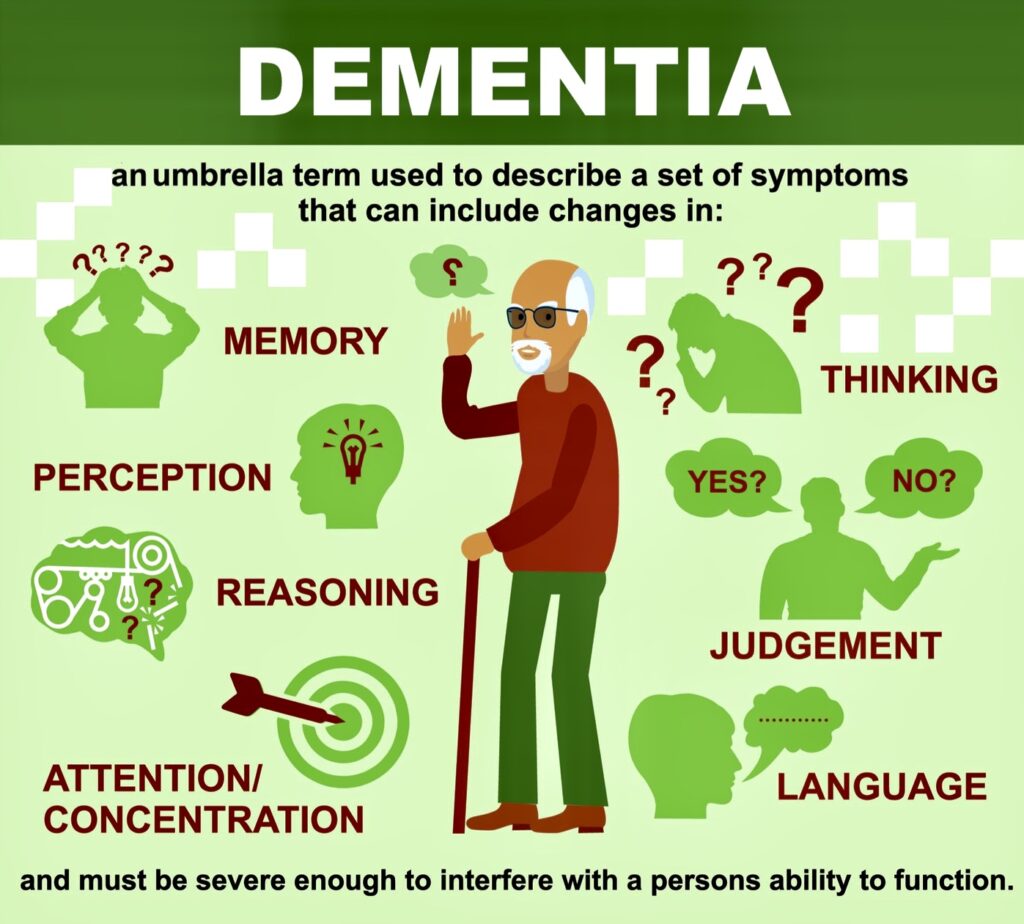Text by Henrylito D. Tacio
Photos by scitechdaily.com, alz.org, neofect.com
Josephine knew something was happening to her husband’s one night when Fernando returned home from his office complaining that during their business meeting, he kept forgetting what he wanted to say.
Fernando, then 72, had worked in a manufacturing company. Although now retired, the Filipino civil engineer continued to work as a consultant and had never had serious problems remembering the fine details of his projects. His memory loss at the meeting was, therefore, very out of character and embarrassing for him.
“He was always known for his ideas. He was straightforward and knew what he was talking about,” says Josephine. But during the meeting, she was told by her husband that he wasn’t coherent at all. “He has had memory lapses before then but this time it was significant,” she adds.
As months went by, Fernando had problems recalling the names of common objects like telephones and pens. He was always mad when he couldn’t find what he wanted. “We have to do something about it,” Josephine told her children.
The couple went to see a psychiatrist, who gave Fernando some tests on brain functions. When the psychiatrist found something wrong with Fernando, he referred him to a neurologist. It wasn’t until a second CT scan was done the following year which confirmed that indeed Fernando had Alzheimer’s disease. “We weren’t surprised when the doctor told us,” Josephine says.

Alzheimer’s disease is the most common cause of dementia, the loss of intellectual and social abilities severe enough to interfere with daily functioning. “Dementia occurs in people with Alzheimer’s disease because healthy brain tissue degenerates, causing a steady decline in memory and mental abilities,” explains the Department of Health (DOH) on its website.
Around the world, the number of people living with dementia is growing, according to a new report released by the Geneva-based World Health Organization (WHO).
WHO’s Global status report on the public health response to dementia estimates that more than 55 million people (8.1 % of women and 5.4% of men over 65 years) are living with dementia. This number is estimated to rise to 78 million by 2030 and to 139 million by 2050.
Dementia affects mostly the older folks. “Improvements in lifestyle in adults in developed countries and other places have reduced incident in recent years, but total numbers with dementia are still going up because of the aging of the population,” Dr. Maria C. Carrillo, Alzheimer’s Association chief science officer, was quoted as saying by SciTech Daily.
The US National Institute of Aging estimates people over the age of 65 will make up 16% of the world’s population by2050 – up from 8% in 2010. In the Philippines, the estimated number of elderly (60 years and older) will more than double from 9.5 million in 2020 to 19.7 million in 2040, studies show.
Right now, the extent of dementia in the Philippines has not yet been estimated, and data are lacking. But the Statista Research Department says 568,000 Filipinos are projected to have dementia by 2030. By 2050, the projected number of people with dementia will increase to approximately 1.15 million.
Despite this fact, dementia is not adequately addressed. The same thing is happening around the world. “The world is failing to address dementia challenge,” the United Nations health agency declares.
“Dementia robs millions of people of their memories, independence and dignity, but it also robs the rest of us of the people we know and love,” said Dr. Tedros Adhanom Ghebreyesus, WHO Director-General. “The world is failing people with dementia, and that hurts all of us.”
According to Dr. Tedros, the international community agreed a clear set of targets to improve dementia care. “But targets alone are not enough,” the WHO official lamented. “We need concerted action to ensure that all people with dementia are able to live with the support and dignity they deserve.”
The disability associated with dementia is a key driver of costs related to the condition. The WHO reports that the global cost of dementia was estimated to be US$ 1.3 trillion in 2019. The cost is projected to increase to US$ 1.7 trillion by 2030, or US$ 2.8 trillion, if corrected for increases in care costs.
Care required for people with dementia includes primary health care, specialist care, community-based services, rehabilitation, long-term care, and palliative care.

WHO reports that in 2019, carers spent on average five hours a day providing support for daily living to the person they were caring for with dementia; 70% of that care was provided by women.
“Given the financial, social and psychological stress faced by carers, access to information, training and services, as well as social and financial support, is particularly important,” WHO points out.
Contrary to common belief, dementia isn’t part of normal aging. After all, many older adults live their entire lives without developing dementia. The US Centers for Disease Control and Prevention (CDC) says normal aging may include weakening muscles and bones, stiffening of arteries and vessels, and some age-related memory changes that may show as occasionally misplacing keys, struggling to find a word but remembering it later, forgetting the name of an acquaintance, and forgetting the most recent events.
“Normally, knowledge and experiences built over the year, old memories and language would stay intact,” the CDC says.
Dementia is caused by a variety of diseases and injuries that affect the brain. Because it is a general term, its symptoms can vary widely from person to person. More often than not, the problems associated with dementia are memory, attention, communication, reasoning judgement and problem solving, and visual perception beyond typical age-related changes in vision.
Signs that may point to dementia, according to CDC, include: getting lost in a familiar neighborhood, using unusual words to refer to familiar objects, forgetting the name of a close family member or friend, forgetting old memories, and not being to complete tasks independently.
Aside from Alzheimer’s disease, other forms of dementia include vascular dementia (caused by damage to the vessels that supply blood to your brain), Lewy body dementia (people having this type of dementia has lewy bodies or abnormal balloon-like clumps of protein found in the brain), frontotemporal dementia (a group of diseases characterized by the breakdown of nerve cells and their connections in the frontal and temporal lobes of the brain), and mixed dementia (a mixture of any of the above dementias).
The Mayo Clinic says the risk factors for dementia are age (especially after the age of 65), family history (having someone from the family puts you at greater risk of developing the condition), and down syndrome (people with this problem develop early-onset Alzheimer’s disease by middle age).
Those risk factors can’t be changed. Among the risk factors, you can change include: diet and exercise, excessive alcohol use, cardiovascular risk factors, depression, diabetes, smoking, air pollution, head trauma, sleep disturbances, vitamin and nutritional deficiencies, and medications that can worsen memory.
Treatment of dementia depends on the underlying cause. “Neurodegenerative dementias, like Alzheimer’s disease, have no cure, though there are medications that can help protect the brain or manage symptoms such as anxiety or behavior changes,” CDC says. “Research to develop more treatment options is ongoing.”
CDC says leading a healthy lifestyle – including regular exercise, healthy eating, and maintaining social contacts – decreases chances of developing chronic diseases and may reduce the number of people with dementia.

